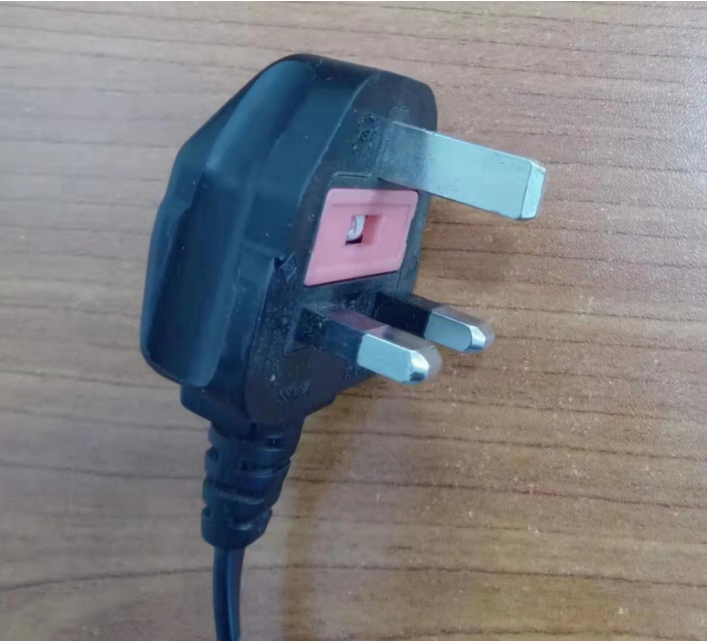The Versatility of Butyl Rubber Tape
Butyl rubber tape is a specialized adhesive tape made from butyl rubber, known for its excellent sealing properties and durability. This innovative tape has gained popularity across various industries due to its unique characteristics and versatile applications. In this article, we will explore the features of butyl rubber tape, its common uses, and the benefits it provides.
Characteristics of Butyl Rubber Tape
One of the most significant attributes of butyl rubber tape is its impressive waterproofing capability. This makes it ideal for projects where moisture resistance is crucial. Butyl rubber has a low permeability to gases and water vapor, which means it can effectively prevent moisture infiltration, thereby protecting surfaces and structures from potential water damage.
Additionally, butyl rubber tape exhibits excellent adhesion properties. It bonds well to a variety of surfaces, including metals, plastics, concrete, and rubber, ensuring a secure and long-lasting seal. The tape is also highly flexible, allowing it to conform to irregular surfaces and shapes, which further enhances its sealing performance.
Moreover, butyl rubber tape offers good temperature resistance. It can withstand a broad range of temperatures, making it suitable for use in both hot and cold environments. This thermal resilience means it can maintain its integrity and performance even in challenging conditions.
Common Applications
Due to its unique properties, butyl rubber tape finds applications in numerous industries
. One of the most prevalent uses is in the construction industry, where it is employed for sealing gaps and joints in roofs, windows, and walls. Its waterproofing capabilities help protect buildings from water ingress, which can lead to mold growth and structural damage.butyl rubber tape

In the automotive sector, butyl rubber tape is often used for weatherproofing and sealing applications. It can be applied in areas such as door frames and trunk spaces to prevent water leaks and reduce road noise, enhancing the overall comfort of the vehicle.
Additionally, butyl rubber tape is utilized in the electrical industry for insulating and protecting wires and cables. Its strong adhesive quality ensures that it remains securely in place, providing an extra layer of protection against moisture and other environmental factors that could compromise electrical systems.
Furthermore, in the HVAC (Heating, Ventilation, and Air Conditioning) field, butyl rubber tape is employed for sealing ductwork and other components. Its ability to create airtight seals helps improve system efficiency and reduces energy loss.
Benefits of Using Butyl Rubber Tape
The advantages of using butyl rubber tape extend beyond its physical properties. The tape is easy to apply, requiring no special tools or equipment. Users can simply cut the necessary length and press it onto the surface, ensuring a quick and hassle-free installation process.
Another notable benefit is its durability. Butyl rubber tape is resistant to aging, UV light, and extreme weather conditions, which means it retains its effectiveness over time without deteriorating. As a result, it can provide long-term solutions for sealing and waterproofing needs.
In conclusion, butyl rubber tape is a highly versatile product that offers exceptional sealing capabilities and durability across a range of applications. Its unique properties make it an essential tool in construction, automotive, electrical, and HVAC industries. By utilizing butyl rubber tape, professionals can ensure effective sealing solutions that stand the test of time, thereby enhancing the overall quality and lifespan of their projects. Whether you're sealing a roof or insulating wires, butyl rubber tape is a reliable choice that delivers consistent results.
-
XIANGFAN Rubber Tape-Ultimate Solutions for All Your Insulation NeedsNewsJun.24,2025
-
XIANGFAN Rubber Tape-Protection for Industrial and Residential ApplicationsNewsJun.24,2025
-
XIANGFAN Rubber Tape: Superior Safety and Sealing for Demanding EnvironmentsNewsJun.24,2025
-
XIANGFAN Rubber Tape: Reliable Solutions for Every Electrical ChallengeNewsJun.24,2025
-
XIANGFAN Electrical & Industrial Tape: Powering Reliability Across IndustriesNewsJun.24,2025
-
XIANGFAN Electrical & Industrial Tape: Excellence in Every ApplicationNewsJun.24,2025
